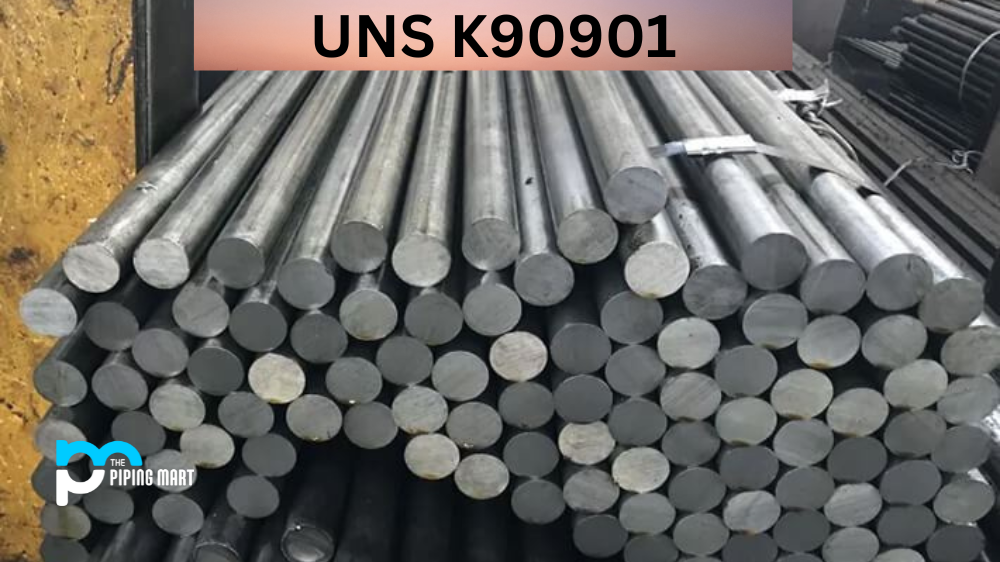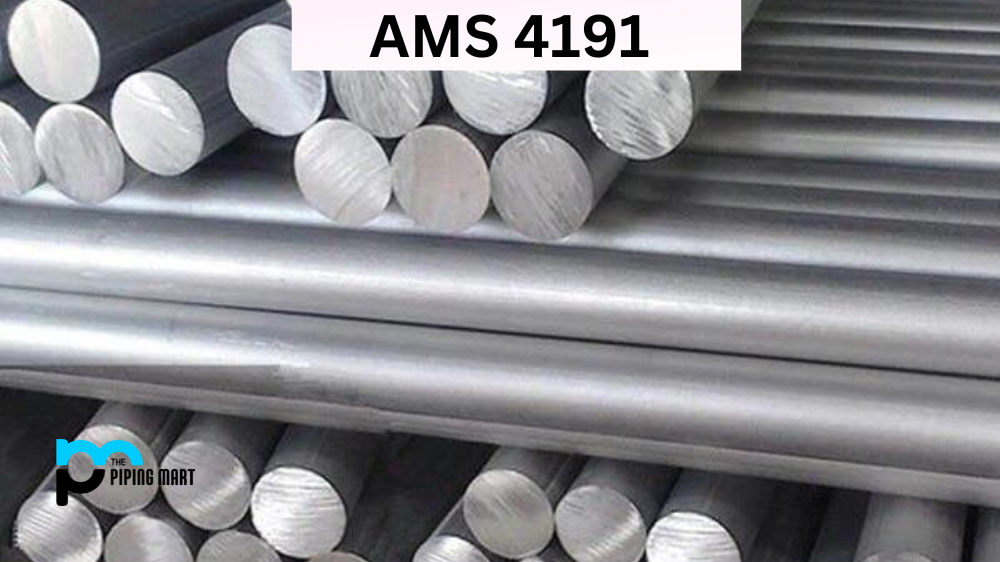UNS K90901 is a popular material within the metallurgical industry. It belongs to high-performance alloys that are suitable for use at high temperatures and severe conditions. It is commonly used in various applications such as oil and gas, chemical processing, aerospace, and marine engineering. This article will delve deeper into UNS K90901’s composition, properties, uses, and more.
UNS K90901 Composition
UNS K90901 is a nickel-chromium alloy reinforced with tungsten, cobalt, and molybdenum. It is also referred to as Super Alloy A-286 or A286 stainless steel. This combination of elements creates a material with excellent strength, resistance to heat and corrosion. Plus, it also exhibits good ductility and toughness at room temperatures. It can withstand temperatures up to 1300°F without losing its critical properties.
UNS K90901 Physical Properties
UNS K90901 has a density of approximately 7.93 g/cm³ and a melting point of 2500°F. It has a coefficient of thermal expansion of 9.2 µm/m·K at 21°C and thermal conductivity of 14.5 W/m·K. Also, the material has a specific heat capacity of 481 J/kg·K at 21°C.
UNS K90901 Mechanical Properties
UNS K90901 offers high tensile strength and good creep resistance at elevated temperatures. It has a tensile strength of 125,000 psi and a yield strength of 85,000 psi. Moreover, it can endure prolonged exposure to heat without any permanent deformation. It also exhibits excellent fatigue properties and is used in critical applications such as jet engines.
UNS K90901 Uses
UNS K90901 is a versatile material that is used in a wide range of applications. In the aerospace industry, it is used for manufacturing turbine blades and exhaust manifolds. The oil and gas industry uses it for valves, couplings, and other components in offshore platforms. It is also used in industrial gas turbines, power generation, and medical equipment. Moreover, its corrosion-resistant properties make it an ideal material for marine components such as propeller shafts and turbochargers.
UNS K90901 Hardness
UNS K90901 exhibits high strength and toughness, which makes it difficult to machine. However, it can be machined using abrasive methods such as turning or grinding. The material’s hardness can reach up to 40 HRC after heat treatment.
UNS K90901 Heat Treatment
Heat treatment of UNS K90901 is critical to achieving the desired properties. It can be heat-treated at temperatures ranging from 982-1010°C for 2 to 4 hours, followed by air cooling or oil. This process will enhance the material’s mechanical properties, such as tensile strength, yield strength, and hardness.
UNS K90901 Welding
UNS K90901 is weldable using traditional welding methods such as gas tungsten arc welding, gas metal arc welding, and plasma arc welding. However, preheat and post-weld heat treatment may be required to prevent cracking due to the material’s high strength and hardness.
UNS K90901 Corrosion Resistant
UNS K90901 has excellent resistance to corrosion and oxidation. It is resistant to sulfur and chloride stress corrosion cracking and has good resistance to intergranular corrosion. Moreover, it is also resistant to pitting and crevice corrosion, making it an ideal material for harsh environmental conditions.
Conclusion
UNS K90901 is a robust and versatile material that has gained popularity in various industries due to its excellent strength, heat resistance, and corrosion resistance. Its properties make it ideal for critical applications such as aerospace, oil and gas, and marine engineering. As a nickel-chromium alloy, it is resistant to harsh environments and can maintain its properties up to 1300°F. The material’s properties make it challenging to machine, but it can be heat-treated to enhance its mechanical properties. Its weldability is possible but may require preheat and post-weld heat treatment. Overall, UNS K90901 is a reliable material that continues to perform in adverse conditions.

Meet Bhavesh, a seasoned blogger with a wealth of knowledge and experience. From metal products manufacturing to retail, Bhavesh has a diverse background in various industries and is dedicated to sharing his insights and expertise with readers.




